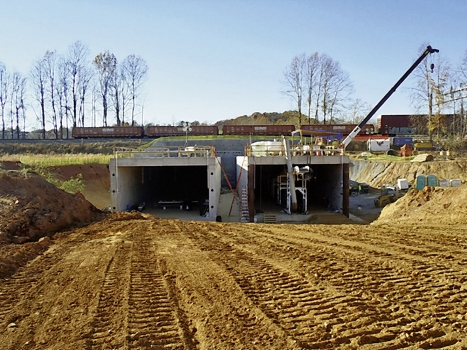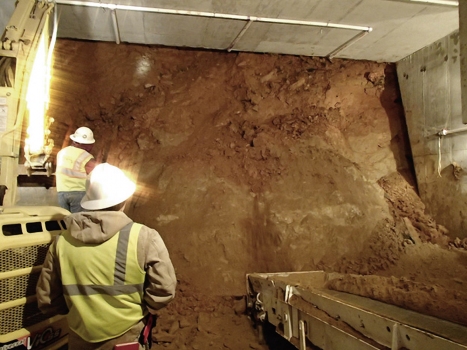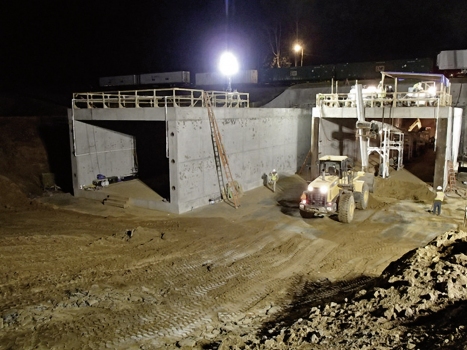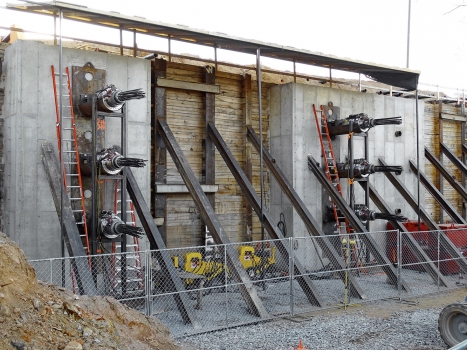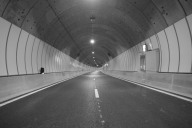The Liberty University Tunnel: USA’s first Jacked Box tunnel
Liberty University is the largest university in Virginia and the largest private non-profit university in the USA. Until recently, the university campus's only connection to the highly frequented Wards road was via a dangerous access road. The U-turns university visitors had to make in order to get to the campus regularly caused traffic disruptions.
Media
Consequently, Liberty University decided to build a tunnel at the Wards Road/Harvard Street intersection to provide a direct connection to a new 1,400 car parking lot and to create a new main access to the university. The new tunnel also helps to reduce the traffic on the campus itself.
Jacked Box Method used for the first time in the USA
The new, 39.6 m long tunnel consists of two tubes with a clearance of 4.7 m, each of which accommodates two lanes and a sidewalk within a width of 8.5 m. The tunnelling work had to be carried out underneath a railroad embankment. In order to prevent disruptions to railroad traffic, the Jacked Box Method was used for the first time in the USA.
First of all, a temporary retaining wall with soil nails was built at Wards Road. The wall served both to prevent settlements at the railway embankment and to fasten the six hydraulic jacks that were needed for the Jacked Box Method.
In a construction yard near the university campus, two 39.6 m long, box-shaped concrete culverts with wall thicknesses of 0.6 m and a weight of 1,905 t each were pre-cast on site and then positioned exactly in front of the embankment. Simultaneously, three cased boreholes were realized on the left and right side of each of the future tunnel tubes through the embankment.
Tunnel segments were pulled through the embankment
Six strand tendons in HDPE ducts were inserted in the cased boreholes. The tendons were fastened to the exactly positioned tunnel culverts on one side and attached to the temporary retaining wall using tensioning jacks on the other side of the railway embankment. Afterwards, the tensioning jacks, which were run using hydraulic pumps, pulled the tunnel segments that were attached to the tendons step by step through the embankment. Simultaneously, the loose soil at the tunnel portals was removed from the site using two small excavators and a conveyor line.
Above both tunnel segments, bentonite was injected that served as a lubricant during tunnel advancement. Furthermore, the bentonite was used to fill eventual cavities in order to prevent future settlements of the rail line located above the tunnels. After successfully completing construction work, the first Jacked Box tunnel in the USA was opened in January 2014.
References
Structure Types
- About this
data sheet - Product-ID
7438 - Published on:
27/10/2016 - Last updated on:
17/11/2021

